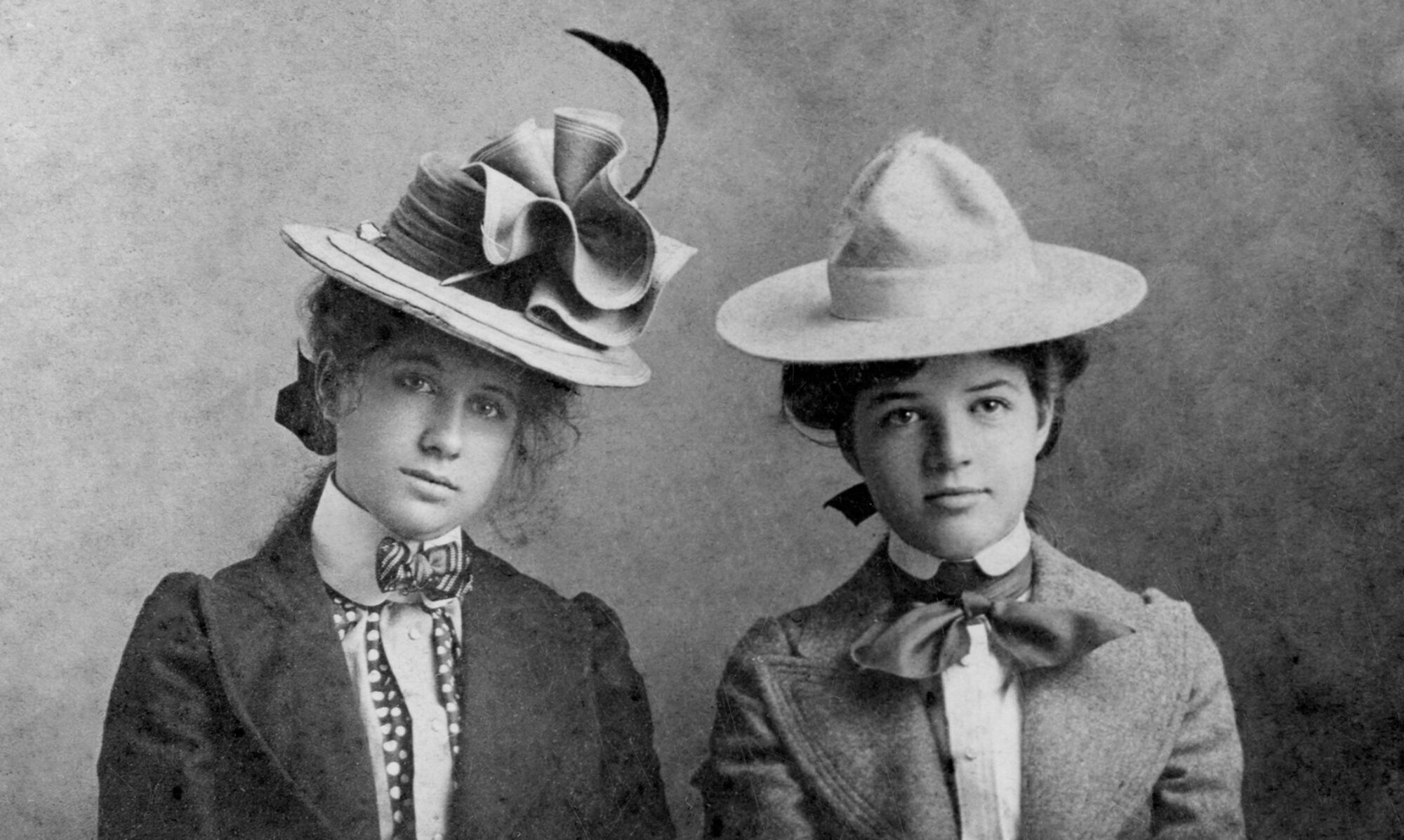Last night I needed some information on Mid-Victorian era terms for menstrual hygiene for my book Frail, so I did a few quick searches in Google Books, filtering between the years 1800 through 1880. Easy peasy,no? Well, it turns out that Regency and Victorian women didn’t have periods. This whole menstruation thing didn’t come into vogue until around 1880 and then every woman wanted to have a period and stores had to stock “napkins” and “belts”. I’m kidding, of course. I just couldn’t find much information in the years I needed.
So after hours of research on Google Books, I’m sharing with you my copious findings.
From Obstetrics: the Science and the Art, by Charles Delucena Meigs, published 1852:
“For the most part, as soon as the menses are perceived to begin to flow, the woman applies a T-bandage, consisting of a napkin, called the guard, folded like a cravat, which is pressed against the genitalia, while the ends are secured to a string or riband tied around the body above the hips; but I have seen some, not a few women, who assured me they had never used any other precaution than that of putting on a thicker petticoat for fear of the exposure of their condition. Such persons must be very slightly hemorrhagic, since the want of a guard-napkin would otherwise be sure to expose their condition by stains of blood upon their feet or stockings. Many female patients have assured me they never use less than a dozen napkins upon each catamenial occasion— and fifteen, and even twenty such changes are not very rare in the history of healthy menstruations. An ounce to a napkin is, perhaps, not an excessive computation.”
From A Manual of Bandaging: Adapted for Self-instruction, by Charles Henri Leonard, published 1876:
Use of Tampons from The Diseases of Woman, their causes and cure familiarly explained: with practical hints for their prevention, and for the preservation of female health, published in 1847
“In those severe cases, when the gush of blood is almost instantaneous, and so great as to endanger life in a very short time, we may employ, temporarily, mechanical means to prevent it. The best of which, and the most readily prepared, is called the tampon or plug. It may be made of linen rag, cotton, or sponge, in the form of a ball, and introduced into the vagina like a pessary, It should be large enough to completely fill up the passage, but must not be introduced more than about two inches, for fear of irritating and inflaming the mouth of the womb, which is then very sensitive.
A very good way to make the plug is, to cut out round pieces of soft linen cloth, then pass a stout thread through the middle of each and press them close together, till the mass is au inch thick. The string is convenient for pulling it out again, and should always be attached to every one. A small bag filled with tan, or ashes, or sawdust soaked in alum water, is also very excellent. These plugs should not be withdrawn in a hurry, unless severe symptoms supervene, and when they are removed, care must be taken not to disturb or irritate the parts. If the danger be imminent, and there be not time, or means to prepare a tampon, the lips and vulva should be firmly pressed together with the hand, till other means can be procured.”
Below are images of tampons from Minor Surgical Gynecology: a Manual of Uterine Diagnosis and the Lesser Technicalities of Gynecological Practice: For the Use of the Advanced Student and General Practitioner, by Paul Fortunatus Mundém, published 1880. These tampons are for medical use.
*Here’s an additional resource on Menstruation from Georgian London blog





